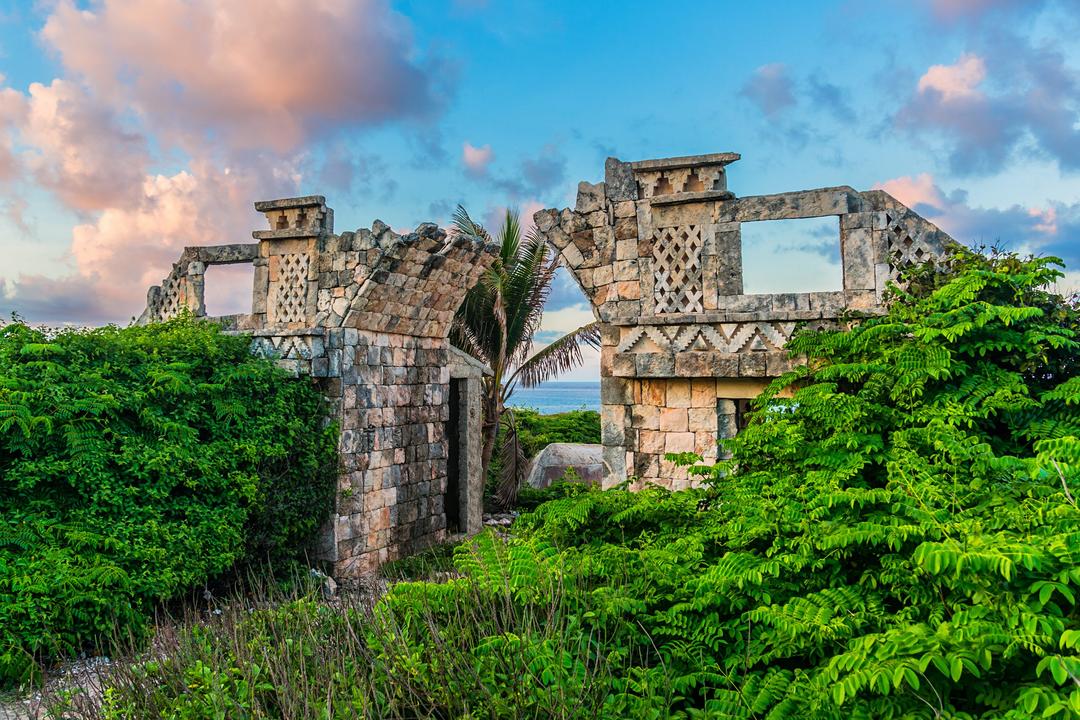Tula de Allende
Have you ever wondered where the name Tula de Allende comes from? comes from the Nahuatl word ”tollan”, which means near the tular. Being the cradle of one of the most important civilizations in Mexico, the Toltec, Tula de Allende will become the next destination you will want to visit.
Tula de Allende within the state of Hidalgo
The municipality of Tula de Allende belongs to Hidalgo, which became a state thanks to the approval of the relevant decree in 1869. Tula de Allende is one of the 84 municipalities that make up the state of Mexico. Hidalgo is characterized by its unique cultural and religious celebrations and customs, as well as for being home to one of the 7 wonders of the world.
Brief history of Tula de Allende
It was the settlement of the Toltecs in 731 AD. This civilization developed alliances with nearby tribes, stood out for their art and wisdom, among other virtues. They were known as ”men of worship”, since they created a school to which not only the Toltecs themselves, but also inhabitants from other places came to broaden their knowledge.
Battles were also fought here; the inhabitants of Tula participated and fought in favor of the country’s independence. That is why the municipality bears the name Allende in honor of one of the participants in one of the battles for Mexican independence.
Location of Tula de Allende
It is located in the Mezquital Valley, in the state of Hidalgo, 70 kilometers from Mexico City, the capital of the country.
Downtown Tula de Allende
For cultural tourism, we recommend a visit to the Quetzalcoatl Historical Hall, a museum where you will see exhibits of illustrious personalities and also of great international personalities, as well as unique pre-Hispanic pieces.
The Cathedral of Tula de Allende
Built in the sixteenth century, the cathedral and former convent of San Jose is built with large walls composed of fourteen buttresses and ninety battlements. It also has a small bell tower at the top.
Key points in the Tula de Allende archaeological site
- Ceremonial center
- Lord of the dawn house
- The Coatepantli
- The Burnt Palace
- The pyramid of the sun
All these characteristic places of the archaeological ceremonial center of pre-Hispanic Tula have particular forms and histories. The ceremonial center was founded by the Toltecs in approximately 900 AD. The Lord of the Dawn House, which is also known by the name of the building of the Atlanteans, is a pyramid of five bodies and four columns with human form, one of the most significant and visited of the place.
The Coatepantli or wall of snakes is a representation of human bodies devoured by snakes. We also found the Palacio Quemado, with the remains of an ancient ball game (make a visit to the city of Palenque to see other places where ball games were played, very popular at that time).
And the pyramid of the sun, formed by five bodies that make it very visible even at different points of the complex.
Tourism in Tula de Allende
- Jorge Acosta Archaeological Museum
- Eternal Tula Mural
- Mural Tianguis Mamehni
- Jesus Mural
- Parish and former convent of San José
- La Carreta Spa
- La Cantera Water Park
- Rancho Campestre Waterfalls
- Pre-Hispanic Spa
- Felipe Carbajal Arcia Municipal Market
Related Posts:Tula de Allende
Continue informing yourself...

Xoximilco Cancun Party

What to do in Cancun (Part 1)

Have you Been to Marimba Park?



